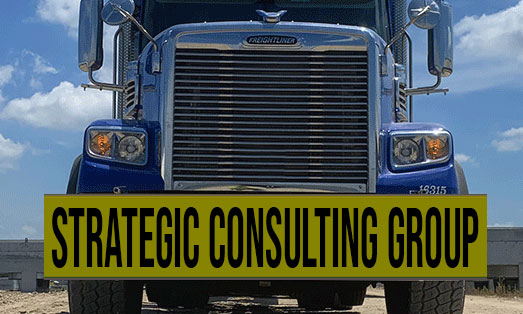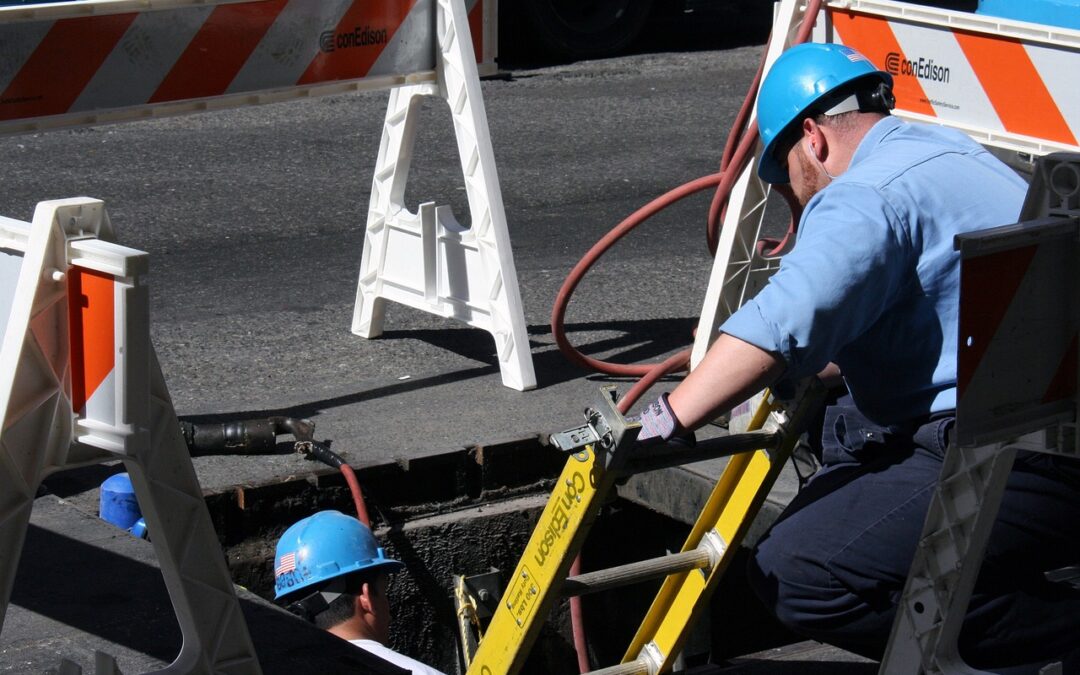Why you simply must checkout Risk Mitigation: Implementing strategies to minimize project risks. and Construction Project Services
Construction Project Services – Everything you need to know!
Q&A: Implementing Risk Mitigation Strategies
Q: What is the first step in implementing risk mitigation strategies?
A: The first step is to identify the risks. This means figuring out what could go wrong in your project.
Q: Why is identifying risks important?
**A: **Taking proactive steps to minimize risks is like building a strong wall around your project. It helps protect it from the unexpected and keeps it on track for success.
Q: What is the next step after identifying risks?
A: The next step is to analyze the risks. This means assessing how likely each risk is to happen and what the consequences would be if it did.
Q: What does analyzing risks involve?
A: Analyzing risks involves identifying potential problems, assessing their likelihood and impact, and developing strategies to deal with them.
Q: What is the ultimate goal of risk mitigation in projects?
A: The goal of risk mitigation is to increase the chances of completing your project on time and within budget by figuring out what could go wrong and taking steps to prevent it or lessen the impact.
Unleashing Success: Mastering the Art of Risk Mitigation in Projects
TL;DR: Want your projects to go smoothly? Risk mitigation is key! By identifying potential problems, planning ahead, and having backup plans, you can avoid costly delays and keep things on track.
What is Risk Mitigation?
Imagine you’re building a sandcastle on the beach. What could go wrong? The waves could wash it away, the wind could blow it down, or you might run out of sand! Risk mitigation is like building a strong wall around your sandcastle to protect it from those dangers.
In projects, risk mitigation is all about figuring out what could go wrong and taking steps to prevent it or lessen the impact. It’s like wearing a helmet when you ride a bike – it might not stop you from falling, but it will help protect you if you do.
Why is Risk Mitigation Important?
Risk mitigation is essential for several reasons:
- Keeps projects on schedule: By anticipating problems, you can avoid costly delays and get things done on time.
- Saves money: Preventing problems is always cheaper than fixing them later.
- Reduces stress: Knowing you’ve taken steps to protect your project from risks can give you peace of mind.
- Increases project success: When you’re prepared for the unexpected, you’re more likely to achieve your goals.
How to Implement Risk Mitigation Strategies
Step 1: Identify the Risks
The first step is to figure out what could go wrong. Think about:
- Project goals: What needs to be accomplished?
- Resources: What people, materials, and tools are needed?
- Timeline: When does each task need to be completed?
- Potential problems: What could go wrong at each stage of the project?
Step 2: Analyze the Risks
Once you’ve identified potential risks, it’s important to assess how likely they are to happen and what the consequences would be if they did.
- Probability: How likely is this risk to occur?
- Impact: How severe would the consequences be if this risk happens?
This helps you prioritize which risks need the most attention.
Step 3: Develop Mitigation Strategies
Now it’s time to come up with ways to deal with the risks you’ve identified. Here are some examples:
- Avoidance: If possible, completely avoid the risk.
- Transfer: Shift the risk to someone else, like an insurance company.
- Mitigation: Reduce the likelihood or impact of the risk.
- Acceptance: Decide to accept the risk and plan to deal with the consequences if it occurs.
Step 4: Implement and Monitor
Put your mitigation strategies into action and keep a close eye on them.
- Make adjustments: If a risk changes, you might need to update your plans.
- Track progress: Monitor your progress to see if your strategies are working.
- Communicate: Keep everyone involved in the project informed about any changes or adjustments.
Summary
Risk mitigation is an essential part of any successful project. By identifying potential problems, assessing their likelihood and impact, and developing strategies to deal with them, you can increase the chances of completing your project on time and within budget. Remember, taking proactive steps to minimize risks is like building a strong wall around your project – it helps protect it from the unexpected and keeps it on track for success.
More on Risk Mitigation: Implementing strategies to minimize project risks.…
- ## SEO Keywords for “Risk Mitigation: Implementing strategies to minimize project risks.”
- General Risk Mitigation:
- risk mitigation strategies
- project risk management
- risk assessment tools
- risk analysis techniques
- risk mitigation plan template
- risk register software
- risk management training
- risk mitigation best practices
- risk avoidance techniques
- risk mitigation process
- risk management consulting
- Construction Project Risks:
- construction project risks
- construction project risk mitigation
- construction project risk assessment
- construction risk management software
- construction project safety
- construction project budget overruns
- construction project delays
- construction project quality control
- construction project legal risks
- construction project environmental risks
- Specific Risk Mitigation Strategies:
- risk transfer
- risk avoidance
- risk mitigation
- risk acceptance
- contingency planning
- risk communication
- risk monitoring
- risk control
- Other Relevant Keywords:
- project management tools
- construction management software
- project planning software
- project scheduling software
- construction project planning
- construction project execution
- construction project monitoring
- construction project closure
- ## SEO Keywords for “Construction Project Services”
- General Services:
- construction project management
- construction consulting services
- construction project planning services
- construction project execution services
- construction project monitoring services
- construction project closure services
- construction project cost estimation
- construction project scheduling
- construction project quality control
- construction project safety management
- Specific Services:
- pre-construction services
- construction project bidding
- construction project procurement
- construction project design
- construction project engineering
- construction project supervision
- construction project inspection
- construction project maintenance
- Geographic Targeting:
- [City/Region] construction project services
- [State] construction project management
- [Country] construction project consulting
- Target Audience:
- construction project managers
- construction project owners
- construction project stakeholders
- construction project teams
- construction companies
- developers
- architects
- engineers
- Additional Keywords:
- construction project bidding
- construction project tenders
- construction project contracts
- construction project insurance
- construction project financing
- construction project sustainability
- construction project technology
- construction project innovation
- construction project trends
- construction project regulations


